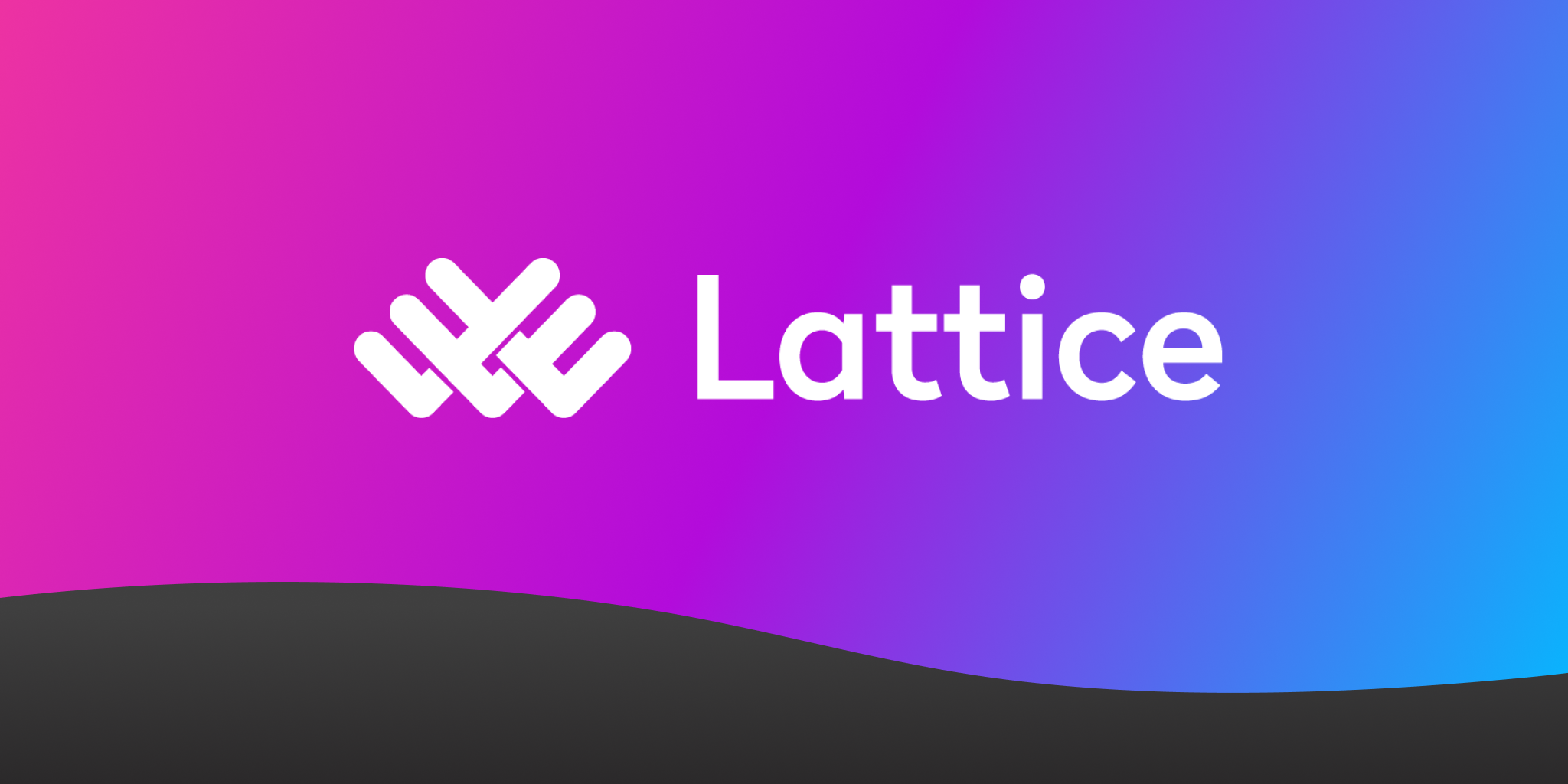Understanding Lattice’s AI for HR
Learn what Lattice is saying in its AI marketing and how it compares to its AI products on the market. This post is part of Textio's "AI washing" series.
Cassie Sanchez
Lifecycle Marketing Strategist
July 12, 2024

This post is part of Textio’s “AI washing” series, a review of popular HR AI products and their marketing. This is a collaborative series from Textio Marketing, Engineering, and Product teams. Some vendors are not AI washing. Subscribe to the series for updates.
Today’s review: Lattice.
What they’re saying
In March 2024, the Lattice team declared their intention “to leverage AI to create simple ways for the technology to improve the way managers manage people and HR leaders create systems to foster ‘high-performing teams.’” This vision, which they’ve since detailed on their website, includes a variety of AI-enabled tools that would give managers new, quick insights on employee engagement and performance; writing guidance for performance feedback; and generative capabilities for onboarding videos and employee growth plans.

Four months later in July 2024, Lattice announced a feature that does not seem to have been part of that original vision: employee records for “digital workers” (or “AI employees”).

The idea is that eventually in Lattice, if a team uses an AI technology in their work—say Salesforce’s Einstein—Einstein can be an employee on the org chart, alongside human employees.
In the announcement post, Lattice CEO Sarah Franklin explains, “We must navigate the rise of the digital worker with transparency, accountability, and the success of people at the center” and says over half of the members of Lattice’s Resources for Humans community told Lattice they are “planning to hire” digital workers.
With the new feature, AI employees “will be securely onboarded, trained, and assigned goals, performance metrics, appropriate systems access, and even a manager. Just as any person would be.”
Franklin says, “…we want to be the first to bring an AI employee through all the same steps as a human one – onboarding, goal setting, receiving feedback – to uncover the challenges we'll face with the AI workforce, and start to come up with practical solutions for our customers.”
Lattice sees employee profiles for AI tools as “a significant moment in the evolution of AI technology.”
Subscribe to the AI Washing series
What they have
The summarizer for engagement surveys has launched. Lattice explains the functionality as “automatically analyz[ing] your results and open-ended feedback to deliver a key driver analysis, comment trends, and recommendations on how to take action to improve as soon as you close your survey.”
So Lattice is providing analytics and recommendations on top of your survey data within its system, features that have become standard for survey software. Since Lattice, like most vendors, is almost certainly wrapping OpenAI APIs for these features based on how they’re explained and presented, the value of the AI technology is essentially what you’d get from using free large language models (LLMs) like ChatGPT. The one improvement Lattice makes to generic LLM functionality is simply making it available within Lattice.
In terms of the other features that make up Lattice’s original AI vision, none are available, no dates have been announced, and there is little detail on the functionality. Lattice seems to be in research mode on those.
The employee records feature also does not appear to be available. Perhaps it will be rolled back [update: it looks like it will be rolled back]: based on the LinkedIn comments Franklin is getting and other related chatter, the notion that HR leaders are “planning to hire” digital workers is divisive.

Use AI? Yes. “Hire” them and “onboard, train, evaluate, and even manage” them like a person? Maybe not.
To be fair, training an AI with materials you’d use for an employee is often necessary. For example, Jasper, an AI for marketing, encourages you to upload your brand style guide, product information, and key content examples so that it has that baseline knowledge to generate from. This is rich and relevant prompt data for the tool. Perhaps you could call that “onboarding.”
Similarly a common technique in AI called Reinforcement Learning from Human Feedback (RLHF)—one of the insights that led to the creation of ChatGPT originally—is indeed a kind of “feedback.”
But taking the large leap to represent an AI as an employee in the org chart, assign it a manager, and in many ways treat it “just as any person would be [treated]” is a framework that has so far been received publicly as unnecessary, unhelpful, and misaligned with the vision of AI empowering workers, not replacing them.
Franklin noted in the announcement post, "This is going to be a huge learning moment for us, and for the industry.” So far, it seems we have learned that people don’t like this and are now skeptical of Lattice’s AI expertise and strategy. Lattice has now removed mention of the feature on its AI vision page as of this writing.
How they rank
We put Lattice’s AI for HR at 10% on the Marketing Honesty spectrum and 20% on the AI Utility spectrum.

Next up in the series: Workday.